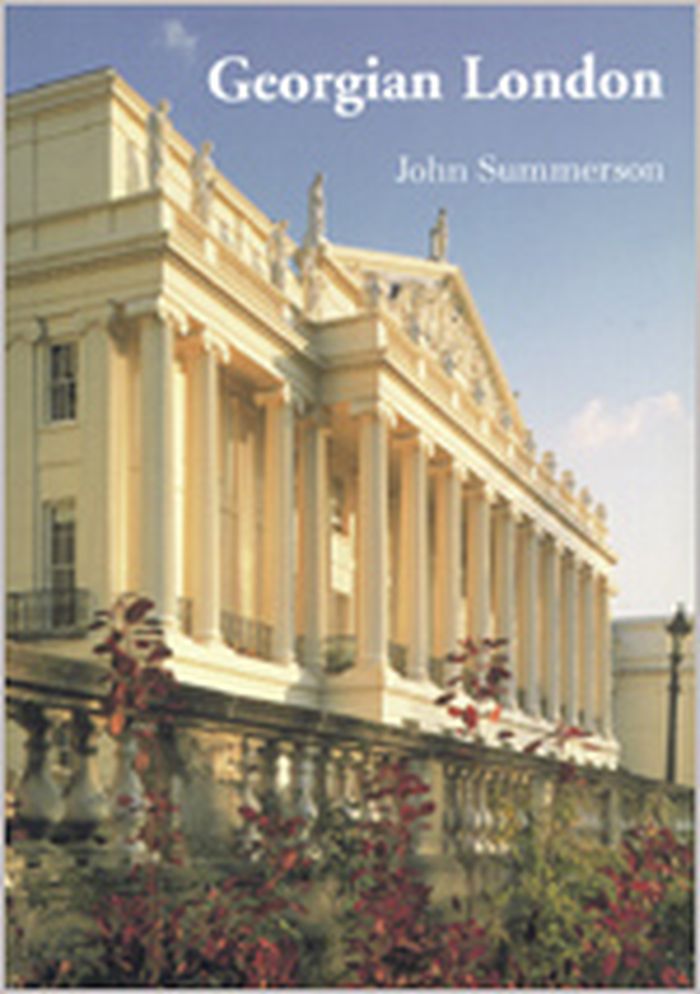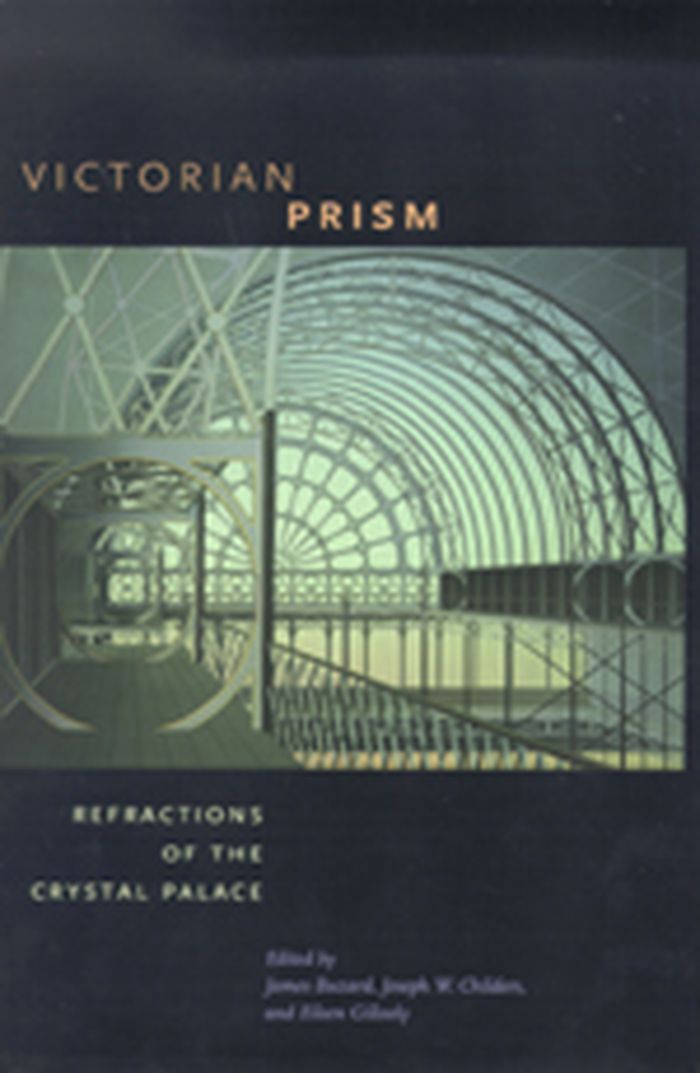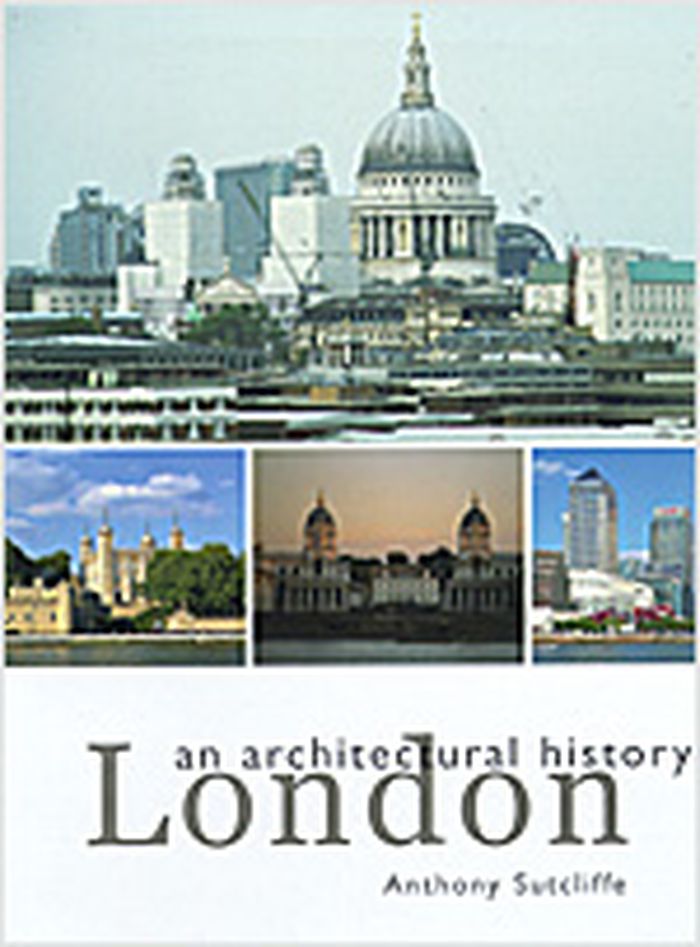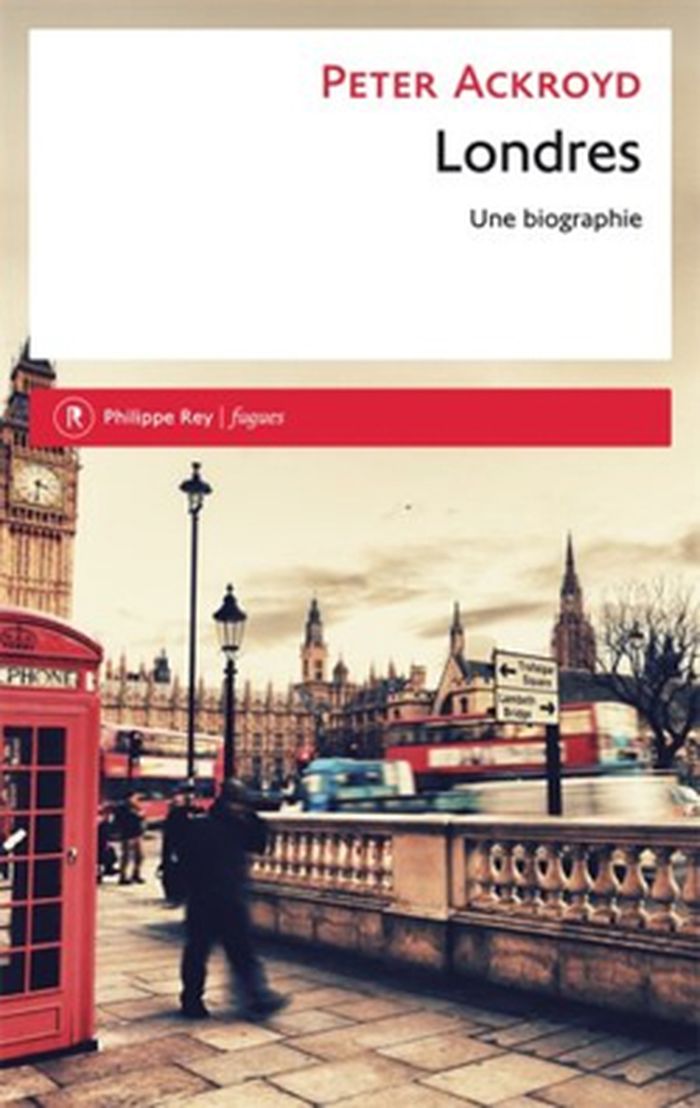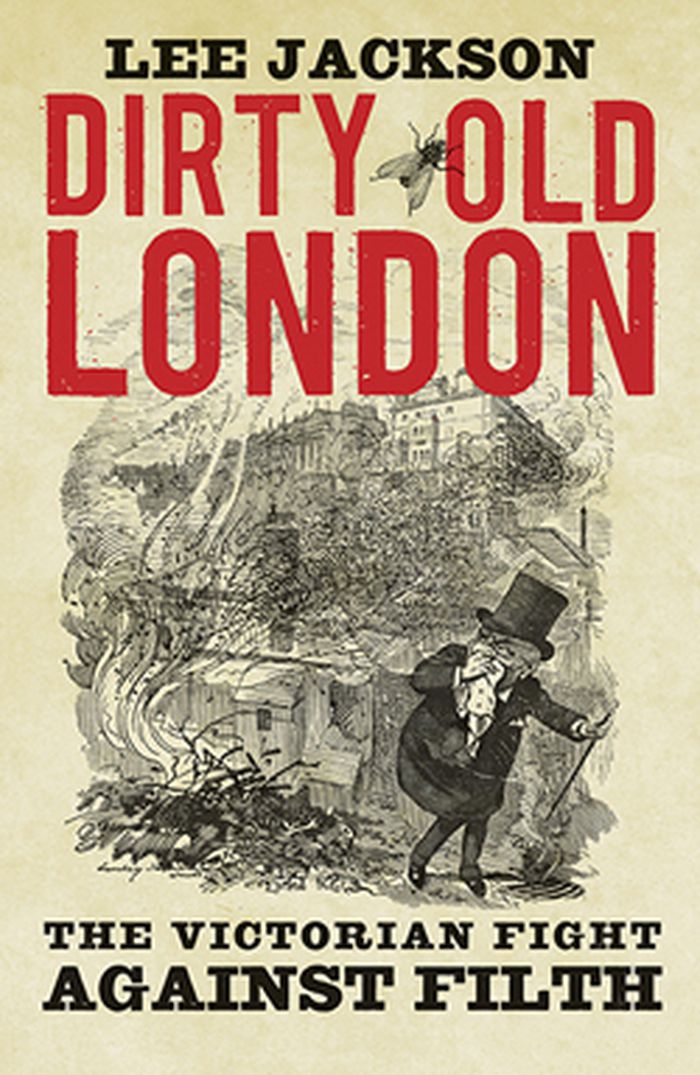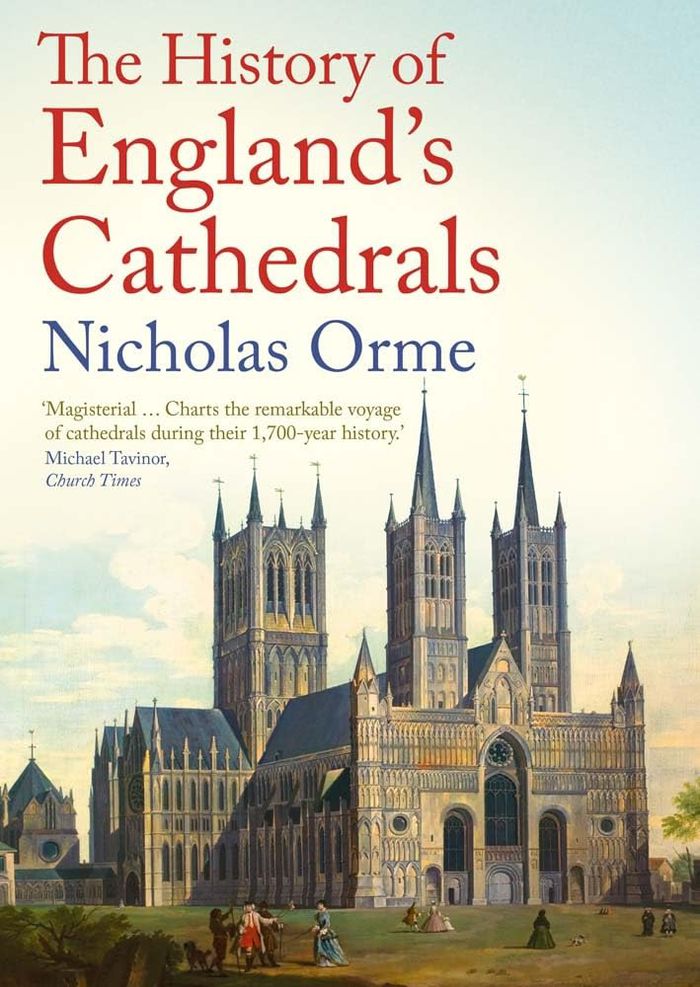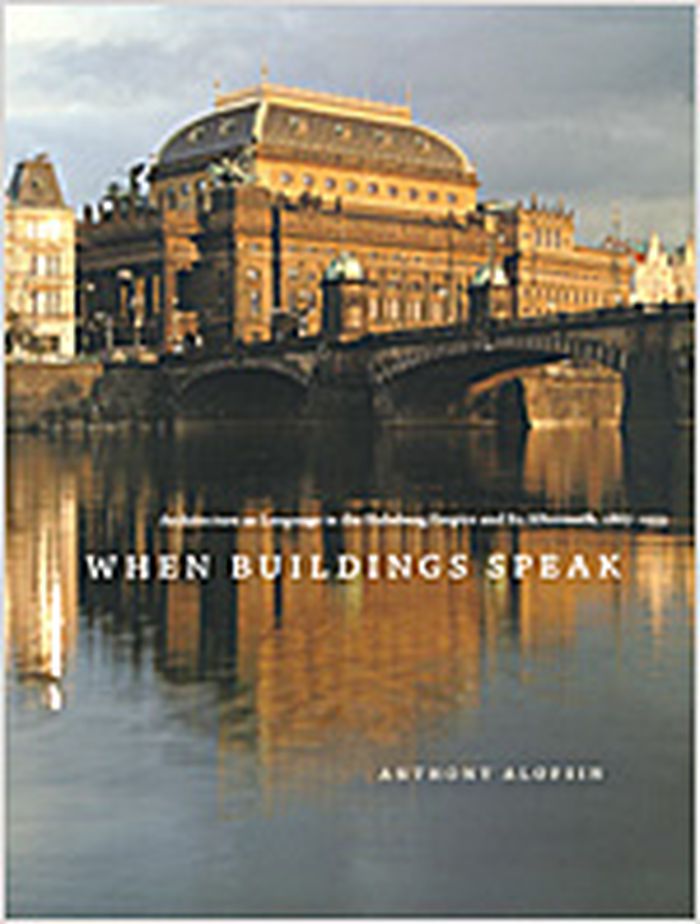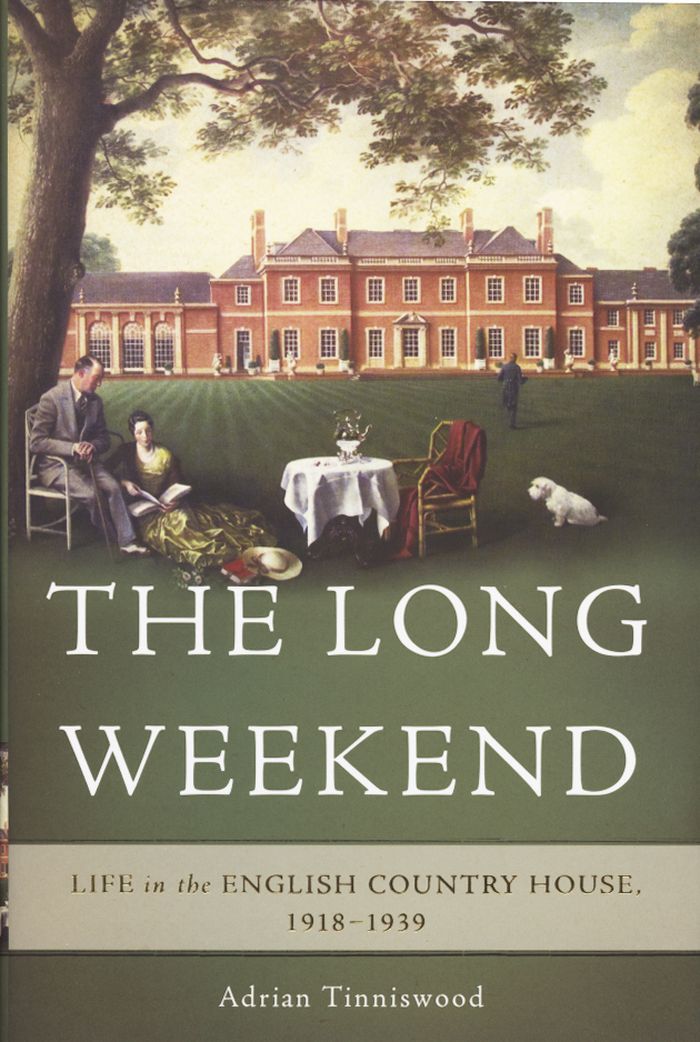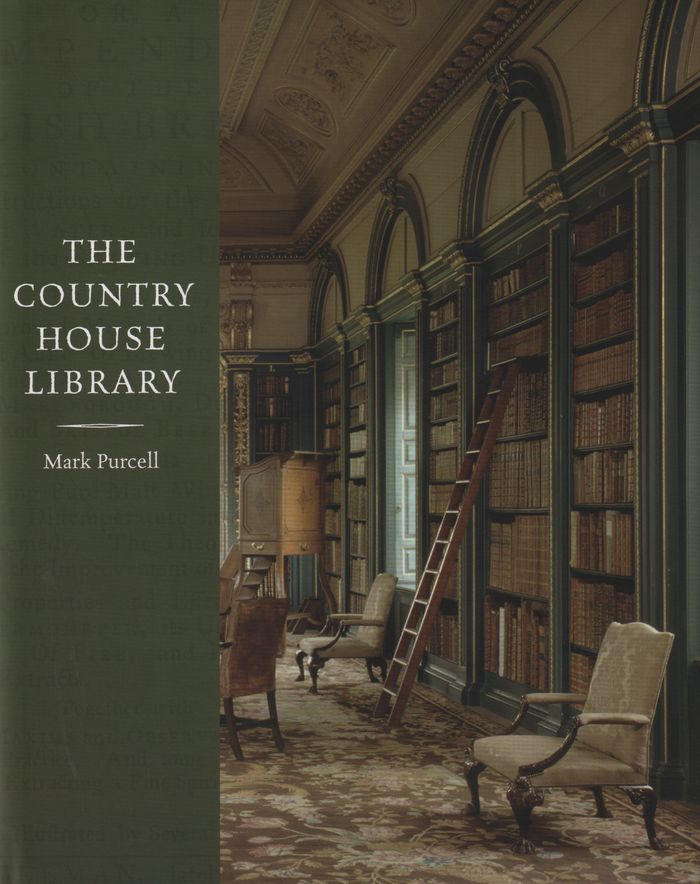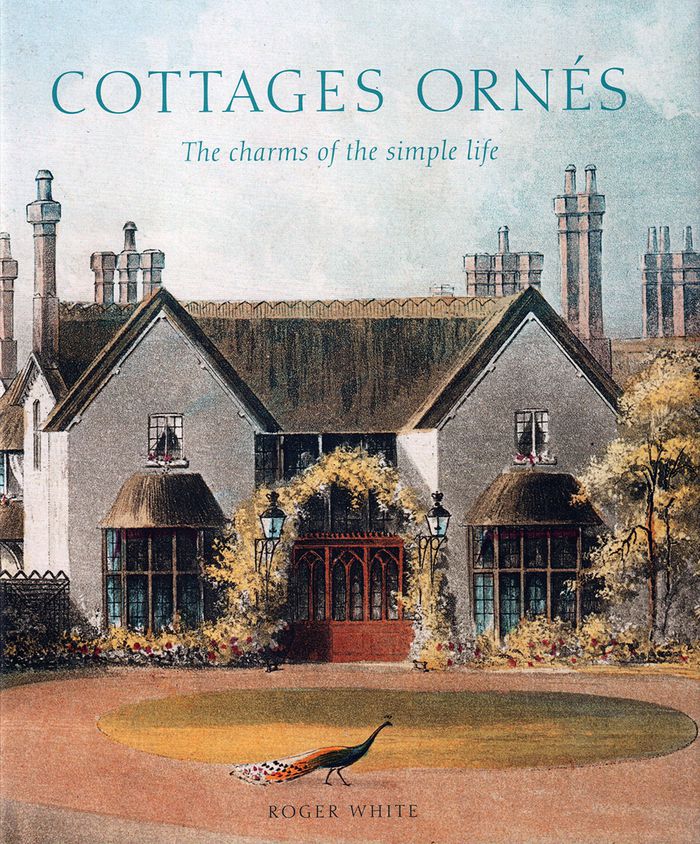Georgian London
$19.00
(available to order)
Summary:
First published 1945. In this classic of English architectural history, John Summerson provides a perceptive and highly readable account of a major building period in the history of London. Encompassing the architecture of the capital from the Great Fire of 1666 through the city’s early nineteenth-century expansion, the book remains a guide to the genesis and development(...)
History until 1900, Great Britain
June 2003, New Haven / London
Georgian London
Actions:
Price:
$19.00
(available to order)
Summary:
First published 1945. In this classic of English architectural history, John Summerson provides a perceptive and highly readable account of a major building period in the history of London. Encompassing the architecture of the capital from the Great Fire of 1666 through the city’s early nineteenth-century expansion, the book remains a guide to the genesis and development of Georgian London. Summerson examines the way in which building was conditioned by social, economic, and financial circumstances and discusses some of Britain’s most important buildings and their architects. While Summerson’s text is essentially unchanged in this edition, it has been corrected in the light of new research, expanded to include a few significant buildings that were originally overlooked, and enhanced with new illustrations. The Appendix of surviving Georgian buildings has also been carefully updated.
History until 1900, Great Britain
$66.50
(available to order)
Summary:
From the moment it opened on the first of May in the Crystal Palace in Hyde Park, London, the Great Exhibition of 1851 was one of the defining events of the Victorian period. It stood not only as a visible symbol of British industrial and technological progress but as a figure for modernity—a figure that has often been thought to convey one coherent message and vision of(...)
History until 1900, Great Britain
July 2007, Charlottesville - London
Victorian prism : refractions of the crystal palace
Actions:
Price:
$66.50
(available to order)
Summary:
From the moment it opened on the first of May in the Crystal Palace in Hyde Park, London, the Great Exhibition of 1851 was one of the defining events of the Victorian period. It stood not only as a visible symbol of British industrial and technological progress but as a figure for modernity—a figure that has often been thought to convey one coherent message and vision of culture and society. This volume examines the place occupied both materially and discursively by the Crystal Palace and other nineteenth- and twentieth-century exhibitions in the struggle to understand what it means to be modern. Initiated in part by a number of conferences held in 2001 to commemorate the 150th anniversary of the Crystal Palace, Victorian Prism provides new perspectives to historians, literary critics, art historians, and others interested in how a large glass building in a London park could refract meaning from Caracas to Calcutta. In its investigations of the ways of knowing and shaping the world that emerged during the planning and execution of this first "world's fair," Victorian Prism not only restores the multiplicity of experiences and other determining factors to our picture of the Great Exhibition; it makes reevaluation of the exhibition and its legacies the occasion for reevaluating modernity itself in its broadest sense—as the cultures, potentialities, and liabilities of the Enlightenment. With essays by a number of leading scholars in their fields, the collection as a whole focuses on how these exhibitions, in attempting to define the cultures of their day, incorporated a range of conflicting ideologies and agendas. In doing so, it offers a richer, more complex understanding of the experience of modernity than we have previously acknowledged. The volume also addresses the ways in which the cultural processes and tendencies brought together in these exhibitions have been refracted down to the present, thus informing and complicating our own relationship to both modernity and postmodernity.
History until 1900, Great Britain
$74.95
(available to order)
Summary:
London is one of the world’s greatest cities, and its architecture is a unique heritage. The Tower of London is an urban castle unique in Europe, St Paul’s is one of the world’s greatest domed cathedrals, and the squares and crescents of the West End inspired Haussmann’s Paris. Private ownership has shaped the city, and architects have served a wide variety of(...)
History until 1900, Great Britain
April 2006, New Haven / London
London : an architectural history
Actions:
Price:
$74.95
(available to order)
Summary:
London is one of the world’s greatest cities, and its architecture is a unique heritage. The Tower of London is an urban castle unique in Europe, St Paul’s is one of the world’s greatest domed cathedrals, and the squares and crescents of the West End inspired Haussmann’s Paris. Private ownership has shaped the city, and architects have served a wide variety of clients. London’s Classical era produced an elegant townscape between 1600 and 1830, but medieval, Tudor, and Victorian London were a potpourri of buildings large and small, each making its own design statement. "In London : an architectural history", the author takes the reader through two thousand years of architecture from the sublime to the mundane.
History until 1900, Great Britain
Londres: la biographie
$27.95
(available to order)
Summary:
Retrace les deux mille ans d'histoire de la ville de Londres, des premiers peuplements de Charing Cross au carnaval de Notting Hill, à partir d'une importante documentation, de témoignages et d'oeuvres d'art. Par une structure thématique, l'auteur aborde tous les visages de Londres : ses marchands, ses vagabonds, ses enfants, ses nuits... et rend accessible l'esprit de la ville.
Londres: la biographie
Actions:
Price:
$27.95
(available to order)
Summary:
Retrace les deux mille ans d'histoire de la ville de Londres, des premiers peuplements de Charing Cross au carnaval de Notting Hill, à partir d'une importante documentation, de témoignages et d'oeuvres d'art. Par une structure thématique, l'auteur aborde tous les visages de Londres : ses marchands, ses vagabonds, ses enfants, ses nuits... et rend accessible l'esprit de la ville.
History until 1900, Great Britain
$36.00
(available to order)
Summary:
In Victorian London, filth was everywhere: horse traffic filled the streets with dung, household rubbish went uncollected, cesspools brimmed with "night soil," graveyards teemed with rotting corpses, the air itself was choked with smoke. In this intimately visceral book, Lee Jackson guides us through the underbelly of the Victorian metropolis, introducing us to the men(...)
Dirty old London: the victorian fight against filth
Actions:
Price:
$36.00
(available to order)
Summary:
In Victorian London, filth was everywhere: horse traffic filled the streets with dung, household rubbish went uncollected, cesspools brimmed with "night soil," graveyards teemed with rotting corpses, the air itself was choked with smoke. In this intimately visceral book, Lee Jackson guides us through the underbelly of the Victorian metropolis, introducing us to the men and women who struggled to stem a rising tide of pollution and dirt, and the forces that opposed them.
History until 1900, Great Britain
$42.00
(available to order)
Summary:
England’s sixty-two Anglican and Catholic cathedrals are some of our most iconic buildings, attracting millions of worshippers and visitors every year. Though much has been written about their architecture, there is no complete history of their life and activities. This is the first such book to provide one, stretching from Roman times to the present day. "The History(...)
The history of England's cathedrals
Actions:
Price:
$42.00
(available to order)
Summary:
England’s sixty-two Anglican and Catholic cathedrals are some of our most iconic buildings, attracting millions of worshippers and visitors every year. Though much has been written about their architecture, there is no complete history of their life and activities. This is the first such book to provide one, stretching from Roman times to the present day. "The History of England’s Cathedrals" explains where and why they were founded, who staffed them, and how their structures evolved. It describes their worship and how this changed over the centuries, their schools and libraries, and their links with the outside world. The history of these astonishing buildings is the history of England. Reading this book will bring you face to face with the Anglo-Saxons, Vikings, Normans, Reformation, Civil War, Victorian England, World War Two, and finally modern democracy.
History until 1900, Great Britain
$81.50
(available to order)
Summary:
Covering a wide range of buildings - from national theaters to crematoria, apartment buildings to warehouses, and sanatoria to postal savings banks - Anthony Alofsin proposes a new way of interpreting this language. He calls on viewers to read buildings in two ways: through their formal elements, on the one hand; and through their political, social, and cultural contexts,(...)
History until 1900, Great Britain
September 2006, Chacago / London
When buildings speak : architecture as language in the Habsburg empire and its aftermath, 1867 - 1933
Actions:
Price:
$81.50
(available to order)
Summary:
Covering a wide range of buildings - from national theaters to crematoria, apartment buildings to warehouses, and sanatoria to postal savings banks - Anthony Alofsin proposes a new way of interpreting this language. He calls on viewers to read buildings in two ways: through their formal elements, on the one hand; and through their political, social, and cultural contexts, on the other. By looking through Alofsin’s eyes, readers can see how myriad nations sought to express their autonomy by tapping into the limitless possibilities of art and architectural styles.
History until 1900, Great Britain
$38.99
(available in store)
Summary:
As WWI drew to a close, change reverberated through the halls of England’s country homes. As the sun set slowly on the British Empire, the shadows lengthened on the lawns of a thousand stately homes. In The Long Weekend, historian Adrian Tinniswood introduces us to the tumultuous, scandalous and glamourous history of English country houses during the years between(...)
The long weekend: life in the English country house 1918-1939
Actions:
Price:
$38.99
(available in store)
Summary:
As WWI drew to a close, change reverberated through the halls of England’s country homes. As the sun set slowly on the British Empire, the shadows lengthened on the lawns of a thousand stately homes. In The Long Weekend, historian Adrian Tinniswood introduces us to the tumultuous, scandalous and glamourous history of English country houses during the years between World Wars. As estate taxes and other challenges forced many of these venerable houses onto the market, new sectors of British and American society were seduced by the dream of owning a home in the English countryside. Drawing on thousands of memoirs, letters, and diaries, as well as the eye-witness testimonies of belted earls and bibulous butlers, Tinniswood brings the stately homes of England to life as never before, opening the door to a world by turns opulent and ordinary, noble and vicious, and forever wrapped in myth. We are drawn into the intrigues of legendary families such as the Astors, the Churchills and the Devonshires as they hosted hunting parties and balls that attracted the likes of Charlie Chaplin, T.E. Lawrence, and royals such as Edward VIII and Wallis Simpson. We waltz through aristocratic soirées, and watch as the upper crust struggle to fend off rising taxes and underbred outsiders, property speculators and poultry farmers. We gain insight into the guilt and the gingerbread, and see how the image of the country house was carefully protected by its occupants above and below stairs.
History until 1900, Great Britain
The country house library
$74.95
(available to order)
Summary:
Beginning with new evidence that cites the presence of books in Roman villas and concluding with present day vicissitudes of collecting, this illustrated book presents a complete survey of British and Irish country house libraries. Replete with anecdotes about owners and librarians, the book features information on acquisition bordering on obsession, the process of(...)
The country house library
Actions:
Price:
$74.95
(available to order)
Summary:
Beginning with new evidence that cites the presence of books in Roman villas and concluding with present day vicissitudes of collecting, this illustrated book presents a complete survey of British and Irish country house libraries. Replete with anecdotes about owners and librarians, the book features information on acquisition bordering on obsession, the process of designing library architecture, and the care (and neglect) of collections. The author also disputes the notion that these libraries were merely for show, arguing that many of them were profoundly scholarly, assembled with meticulous care, and frequently used for intellectual pursuits.
History until 1900, Great Britain
$66.50
(available to order)
Summary:
Tracing the history of cottages ornés (ornamental cottages), this copiously illustrated volume offers an engaging survey of an often-overlooked architectural genre. An invention of mid-18th-century England, these cottages were designed to facilitate a more informal way of living and were built in different guises that range from royal and imperial cottages to the(...)
Cottages ornés : the charms of the simple life
Actions:
Price:
$66.50
(available to order)
Summary:
Tracing the history of cottages ornés (ornamental cottages), this copiously illustrated volume offers an engaging survey of an often-overlooked architectural genre. An invention of mid-18th-century England, these cottages were designed to facilitate a more informal way of living and were built in different guises that range from royal and imperial cottages to the working-class lodges that still dot the English countryside. Analyzing cottage designs by some of the leading architects of late-Georgian England—including Robert Adam, John Soane, and John Nash—Roger White explores the aesthetic values that made the form so appealing. As he follows the development of cottages ornés from the Celtic fringes to the Continent and the British colonies, White reveals the significant impact of the genre on social, cultural, and political history and examines the influence of cottage design on the architectural developments of the Victorian period and even the 20th century.
History until 1900, Great Britain
